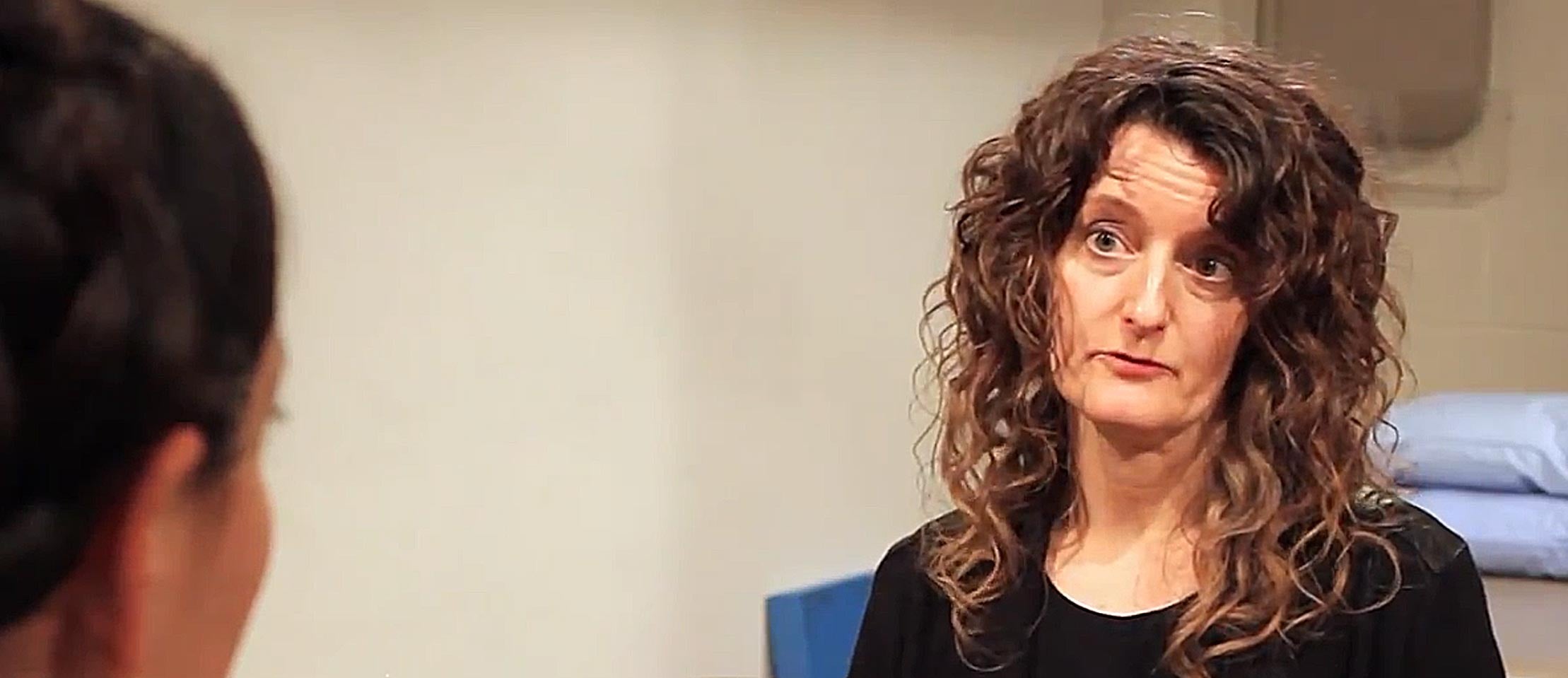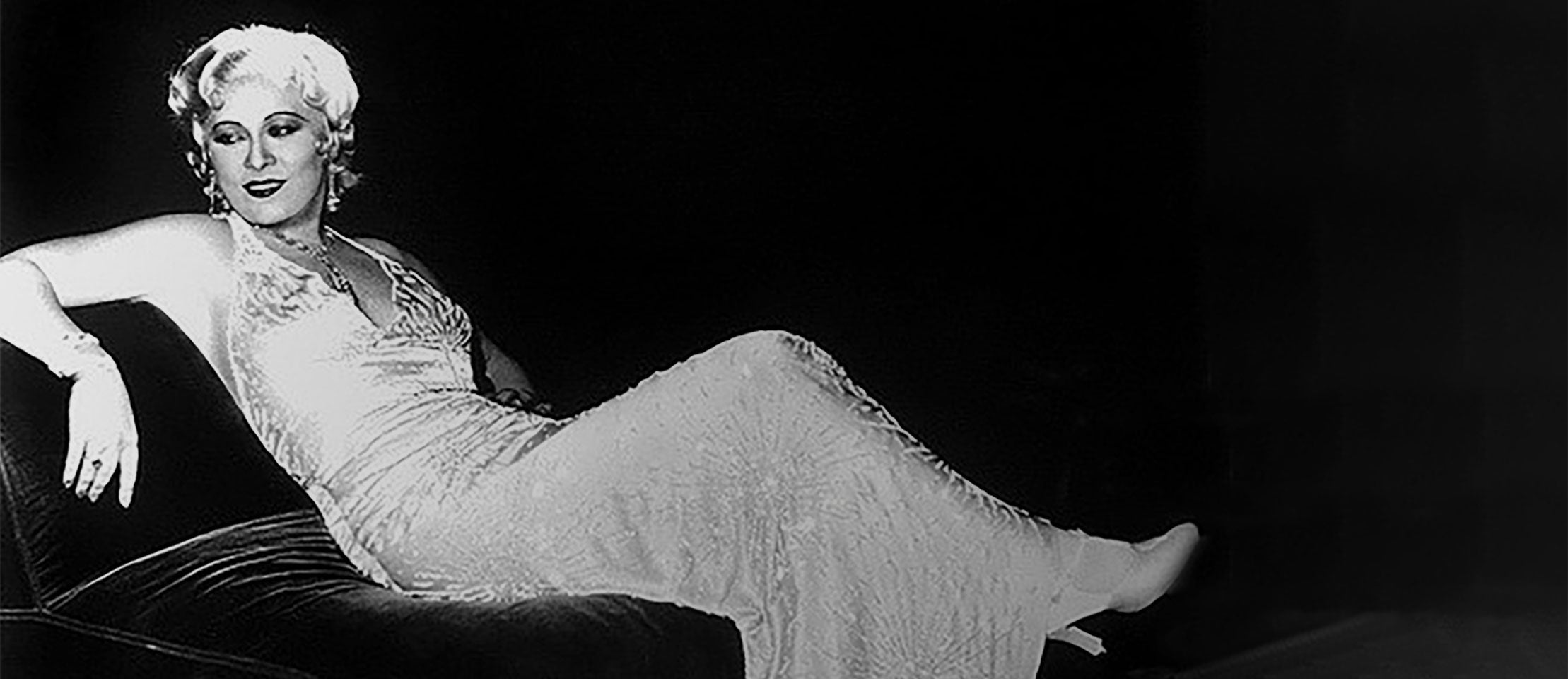Why Kegels Could be Bad for You

Originally posted on enoughbeatingaroundthebush on February 17, 2015
Michelle Fraser, PT, BA, BScPT, FCAMPT, CYT, MEd and Chia Chia Sun, BSc, MSc, MBA
Pelvic health physiotherapy has recently become a more visible and accessible form of physical therapy. In 2012, the Standards for Practice for Physiotherapists described by the College of Physiotherapists of Ontario were changed to include “assessing or rehabilitating pelvic musculature relating to incontinence or pain disorders” – this type of physiotherapy may include vaginal or rectal assessment and treatment.
Attention to our pelvic health is important for women as we age. Many women work with a pelvic health physiotherapist to treat conditions such as urinary incontinence (involuntary leakage of urine) and pain with intercourse. Urinary incontinence and pain with sexual activity are often related to vaginal atrophy, which refers to shrinkage of the vaginal tissue leading to thinning of the walls typically after menopause or hormonal depletion.

The female reproductive system
The vaginal wall provides support for the urethra and bladder. With vaginal atrophy comes a host of other issues:
- Vaginal pH increases above the normal range of 3.5 to 4.5 and “bad” bacteria that colonize the vagina can be transferred to the bladder
- The weakening of surrounding tissues (bladder and urethral) can lead to incontinence
- Pelvic organ prolapse (the protrusion of one organ into another) can occur.
As many as 53% of women between the ages of 20 and 80 experience incontinence. Up to 85% of menopausal women experience symptoms of vaginal dryness and atrophy.
A balance of the pelvic floor muscles is important for the health of your tissues and for the healthy function of your urinary, reproductive and digestive systems. A pelvic floor physiotherapist can help to assess where imbalances may be present, provide education, mobilize the pelvic floor musculature, and coach you in the proper home program for your individual solution. According to Michelle Fraser, Director of Rehabilitation at Synergy Sports Medicine and pelvic health physiotherapist featured in our video blog series, “The Kegel exercises that have been so popular and we have grown up with are not necessarily the right answer and, in some cases, can be damaging. Working on individualized pelvic exercises can benefit women significantly.”
You can find physiotherapists, physicians and more resources in our compiled list below. Tune into our video blog series in which Fraser discusses the basics, risk factors and solutions for vaginal atrophy.

References
Subsection 27 (2) 6 of the Regulated Health Professionals Act
Culligan, Patrick Dr. and Heit, Michael Dr., “Urinary incontinence in women: evaluation and management.” Am Fam Physician. 2000 Dec 1;62(11):2433-2444.
Easton, William A. Dr., “Urogenital aging: the diagnosis and management of vaginal atrophy.”
Huang, AJ et al, “Vaginal symptoms in postmenopausal women: self-reported severity, natural history and risk factors.” Menopause 2010: Jan-Feb; 17(1): 121-6.
Pelvic Floor Physiotherapy Resources
Canada
- List of pelvic floor physiotherapists in Canada
- Informational resources
- List of pelvic floor specialists in Ontario
United States
Womens’ Health Section of the American Physical Therapy Association
- List of pelvic floor therapists in the United States
Herman and Wallace Pelvic Rehabilitation Institute
- List of pelvic floor rehabilitation practitioners in the United States
International
International Pelvic Pain Society
- List of pelvic pain providers worldwide including Asia, Europe, South America and Middle East
Health Organization for Pudendal Education (HOPE)
- List of physicians and pelvic floor physiotherapists in Australia, North America and Europe
Patient Resources
Pudendal Neuralgia Association
- Non-profit organization that assists patients and families with pudendal neuralgia (pain in the “sitting area”)


